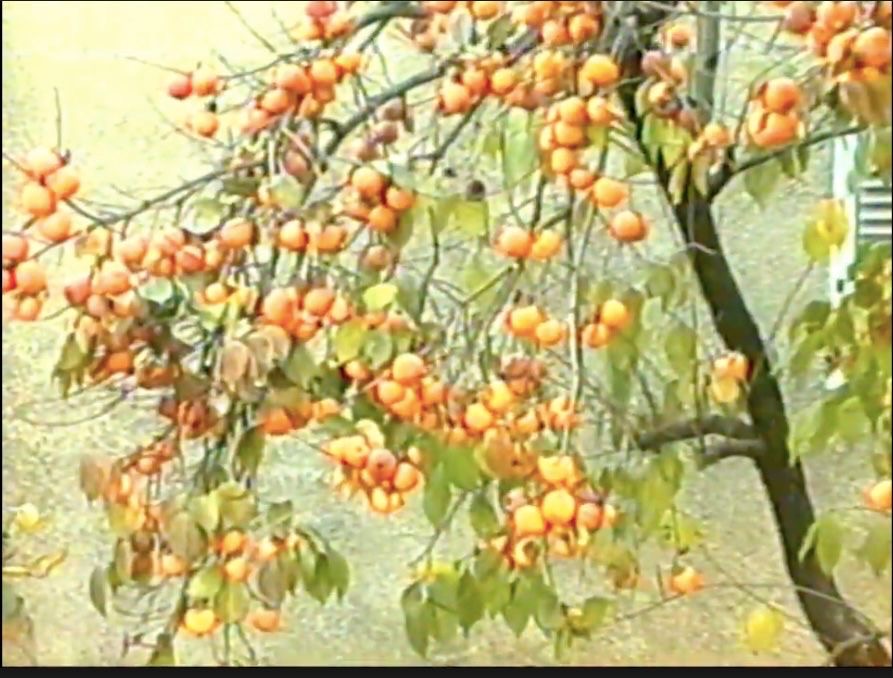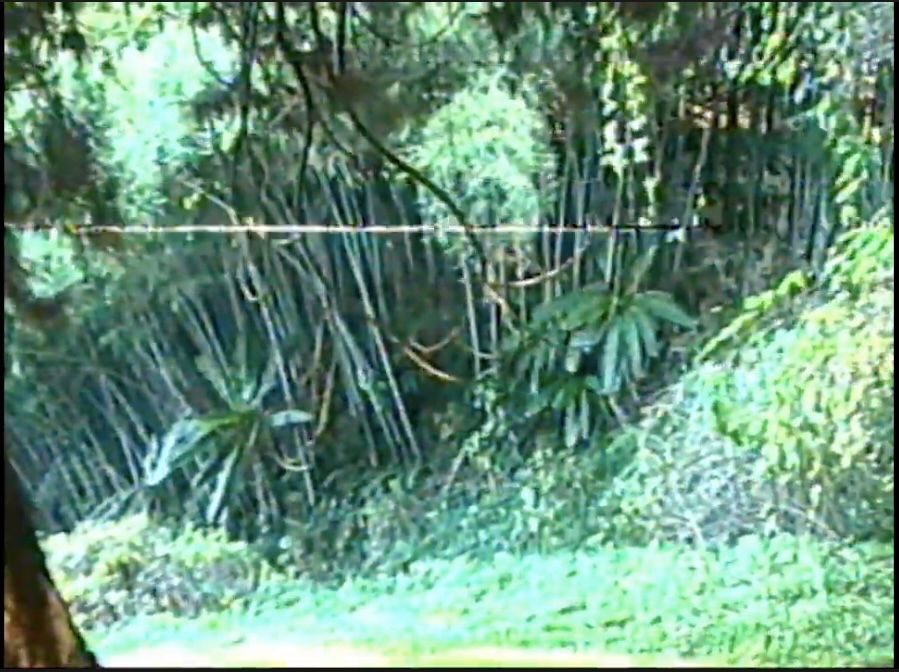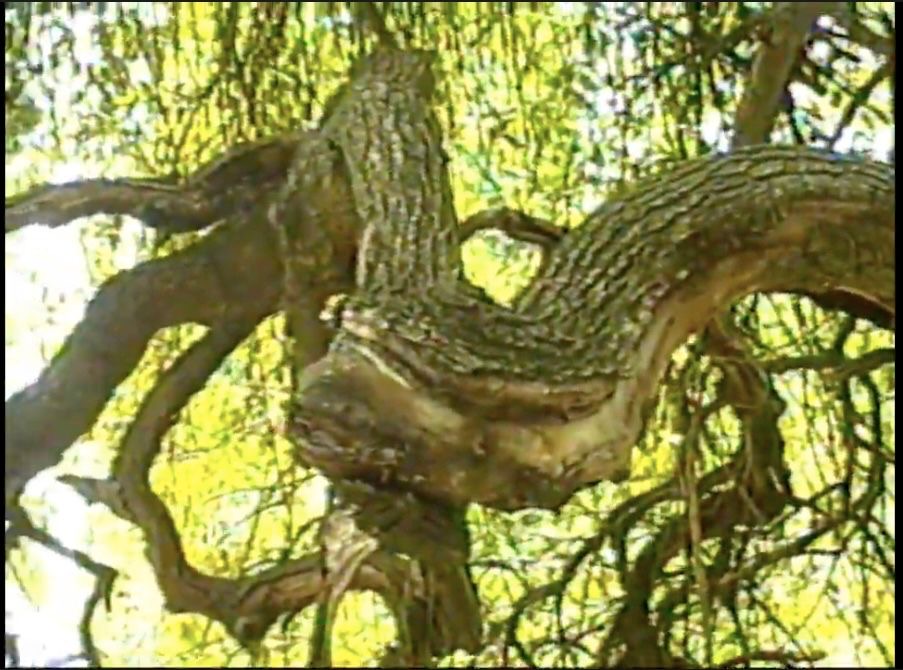F L A U N T


For three brief days in March 2025, an ephemeral garden bloomed in Frankfurt’s Sachsenhausen district. But this wasn’t a garden of tranquillity. In Queer Garden, a video installation by Nelly Naminasenko, plants bristled, theories collided, and binaries unravelled. Behind this layered, poetic resistance stood an artist whose own path has defied easy classification.
Born in 1983 in Novorossiysk, Nelly first pursued a diplomatic career, graduating in 2005 with a degree in international relations. After over a decade in structured, policy-driven environments, she turned toward creative practice. The move reflects, in many ways, the core ethos of her art: the refusal to be fixed. In 2020, she began formal studies in interior design at the International School of Design and later at the British Higher School of Art and Design. By 2024, she had founded her own studio in London, working at the intersection of space, media, and meaning.
Her first major artistic exploration, Touching Time: The Rocky Intimacy (Tbilisi, 2024), was a multi-sensory meditation on stone and duration. But Queer Garden marked a more politically charged turn, a work that brings together queer theory, post-humanist thought, and ecological critique into a site-specific, time-bound form.

Shot on degraded VHS in the overgrown zones of Tbilisi and Batumi, the piece centers on the Maclura pomifera, or Adam’s Apple tree. Neither native nor fully alien to its surroundings, the tree functions as a botanical allegory for queerness itself: stubborn, ambiguous, and historically misread. In post-Soviet contexts, it is associated with both folk remedy and mythic strangeness. Naminasenko transforms it into an axis of what scholar José Esteban Muñoz might call “queer futurity,” a speculative mode of “imagining otherwise.”
The choice of VHS is no aesthetic accident. It acts as a refusal of digital smoothness and taxonomic clarity. The analogue medium introduces noise, rupture, and decay, mirroring the instability of fixed identity. The footage resists HD comprehension of the way bodies and ecosystems resist enclosure.
Rather than a celebration of nature’s harmony, Queer Garden confronts its violence—not only ecological violence, but the violence embedded in order, pruning, border-drawing. The artist engages with Michel Foucault’s concept of heterotopia: a space that is simultaneously outside and inside the order of things. Her garden is such a space, both sanctuary and battlefield.

Gardening here is no longer an act of cultivation but one of negotiation. What grows when no one watches? Who gets pulled? These questions, implicitly posed through rustling leaves and flickering static, suggest that control is always partial and that intimacy might lie in what is unruly.
The installation also queers the act of seeing. As viewers step into the work, they are denied a stable perspective. The camera wanders, and the edits are elliptical. There is no narrative resolution, but entanglement.
Naminasenko’s refusal to resolve is deliberate. Her garden doesn't offer moral clarity or a didactic metaphor. Instead, it gestures toward what Donna Haraway might call “staying with the trouble”inhabiting the discomfort of complexity without seeking to fix it.
By bringing Queer Garden to Germany for her first exhibition in the country, Naminasenko introduces a body of work that is both grounded and speculative. There were no printed statements, no wall text explaining away the ambiguity. The installation operated, as the artist has said elsewhere, “somewhere between invitation and withdrawal.” In this, it mirrors her own creative path emerging from formal structures, only to complicate them.
In a time when many artists seek clarity, Queer Garden leans into contradiction. It refuses neat resolutions in favor of poetic proliferation. And in doing so, it cultivates not just a space for plants but for possibilities.